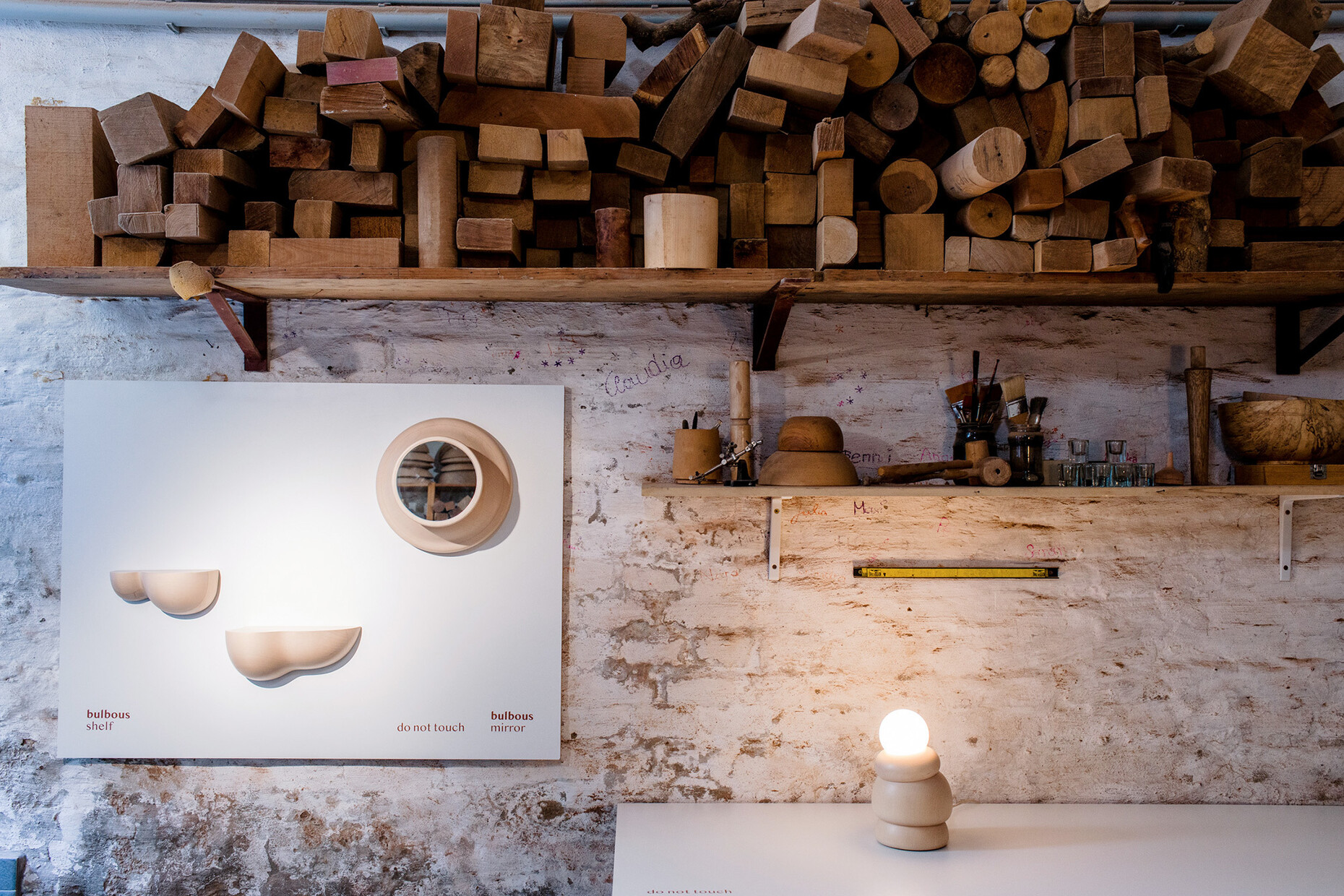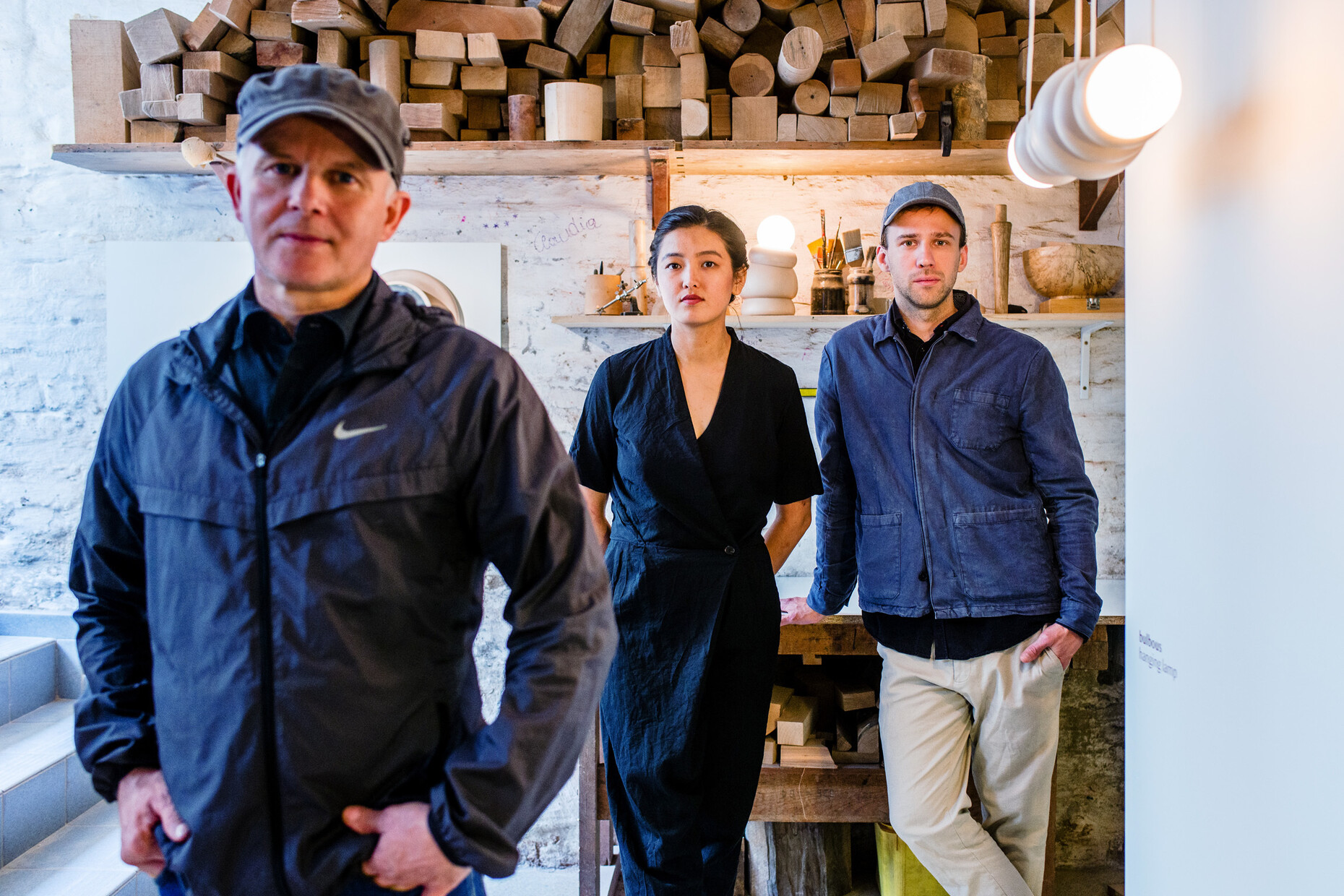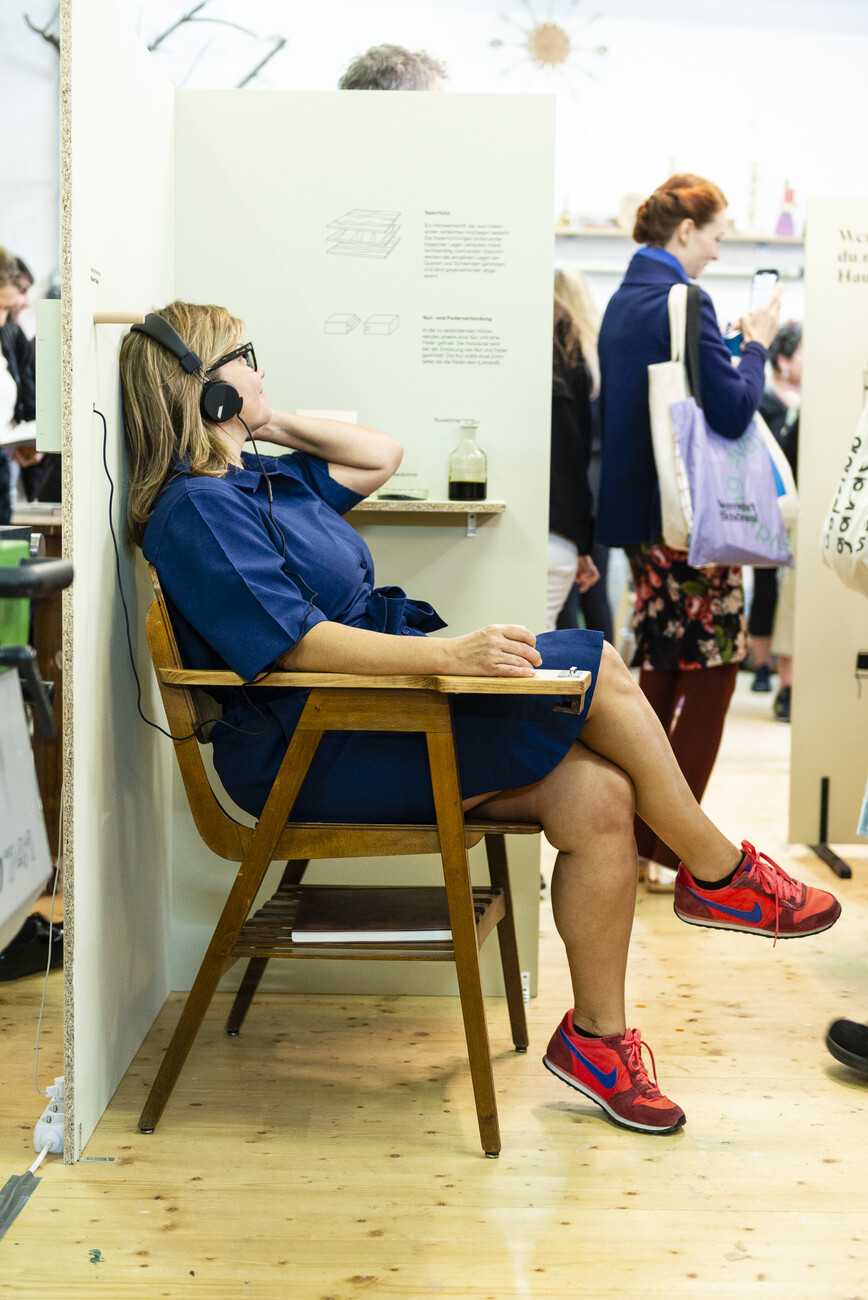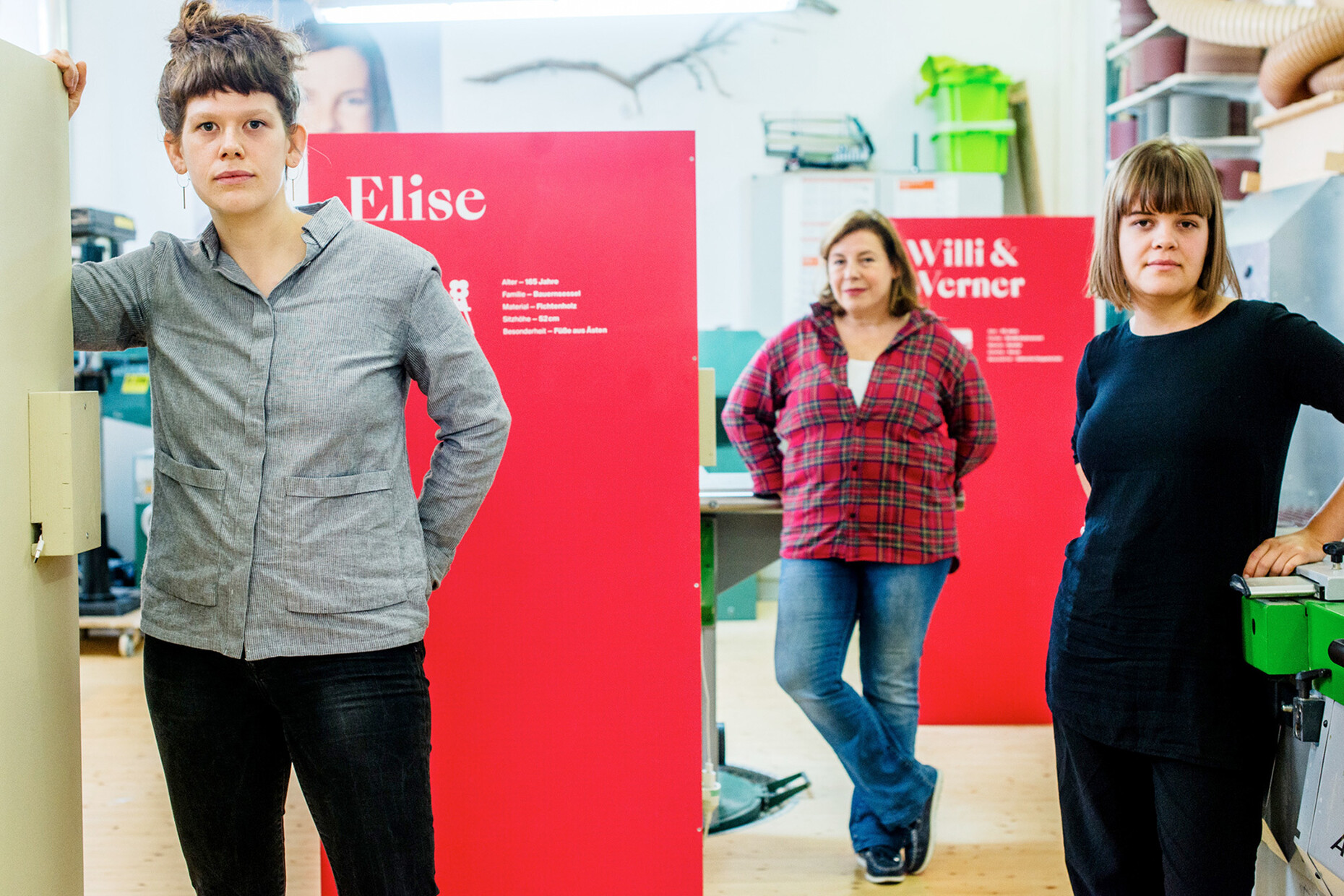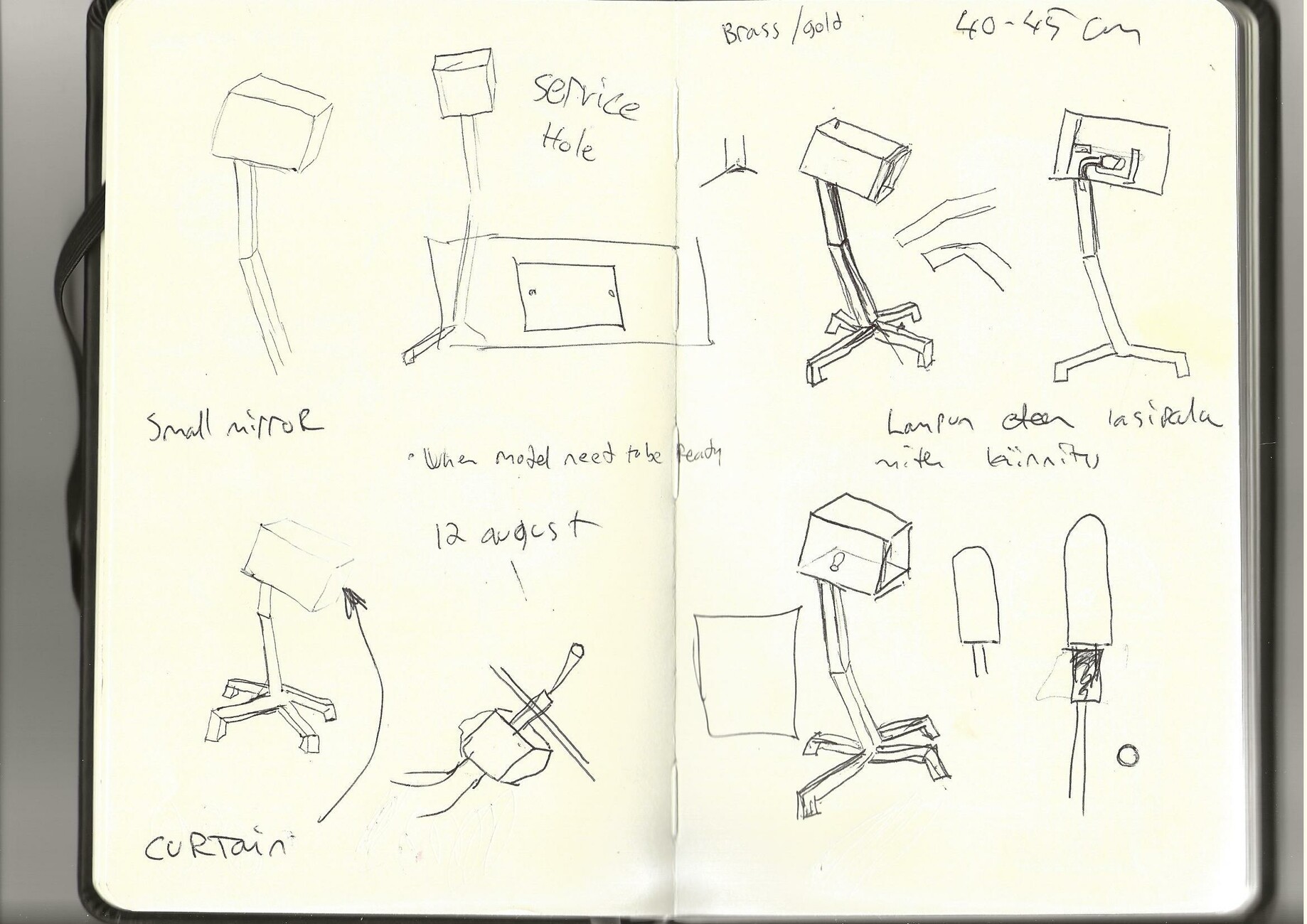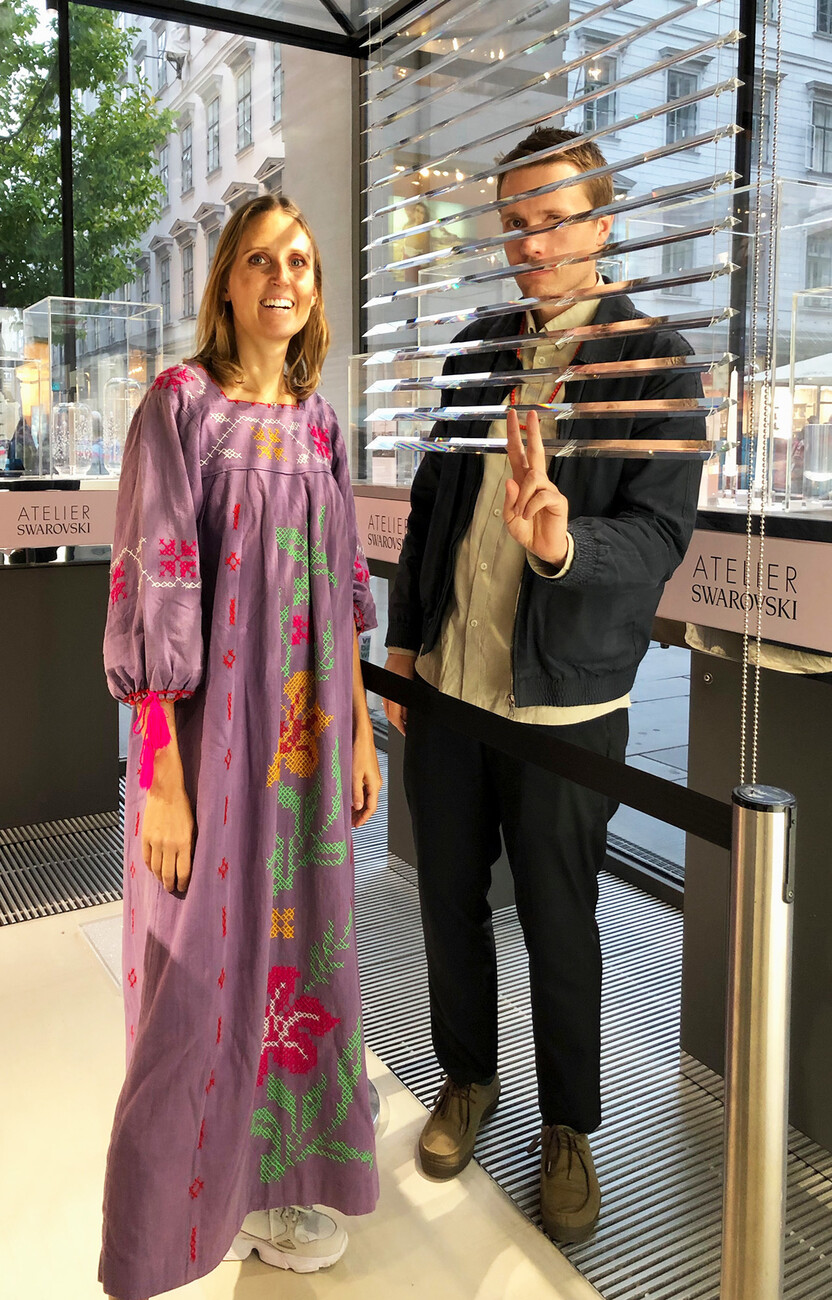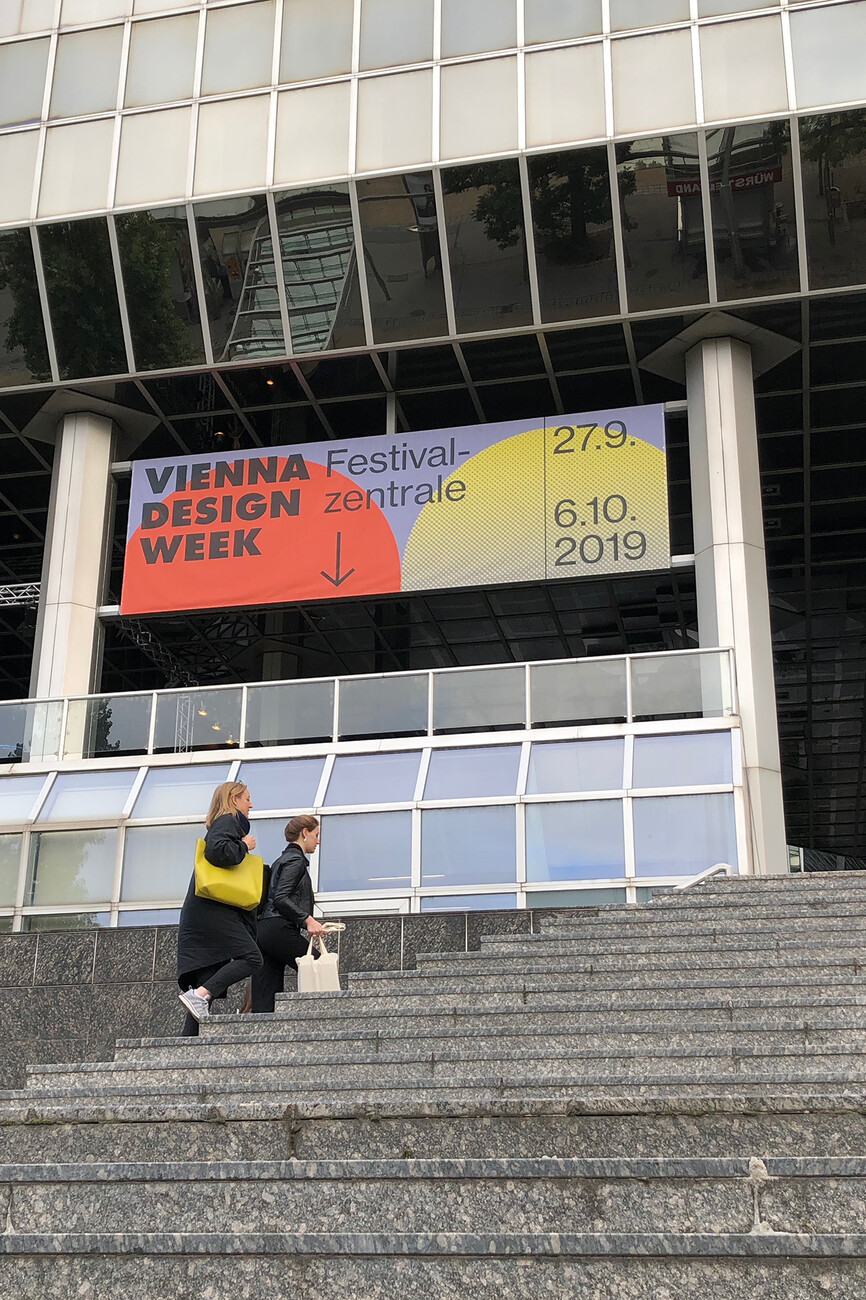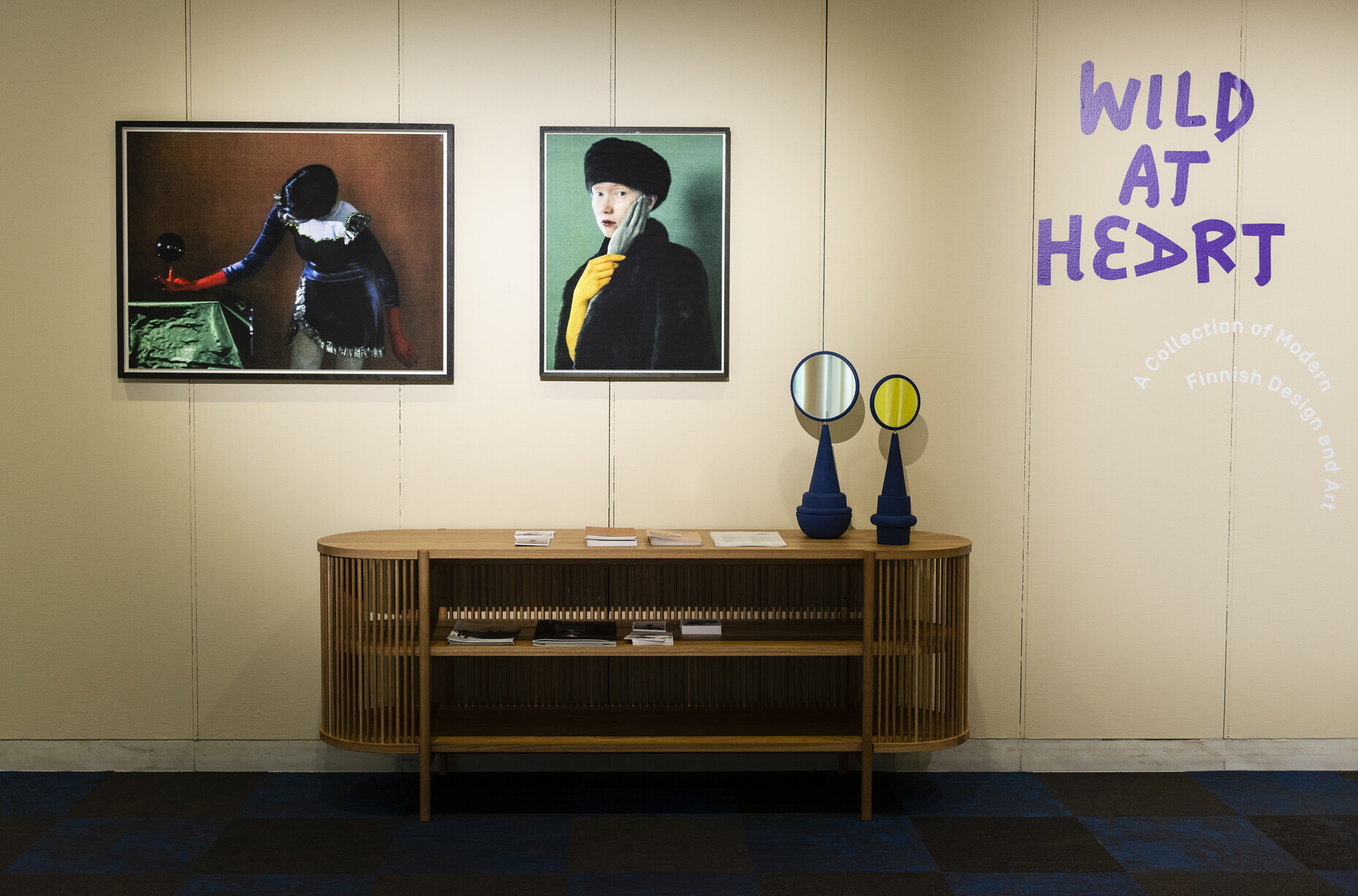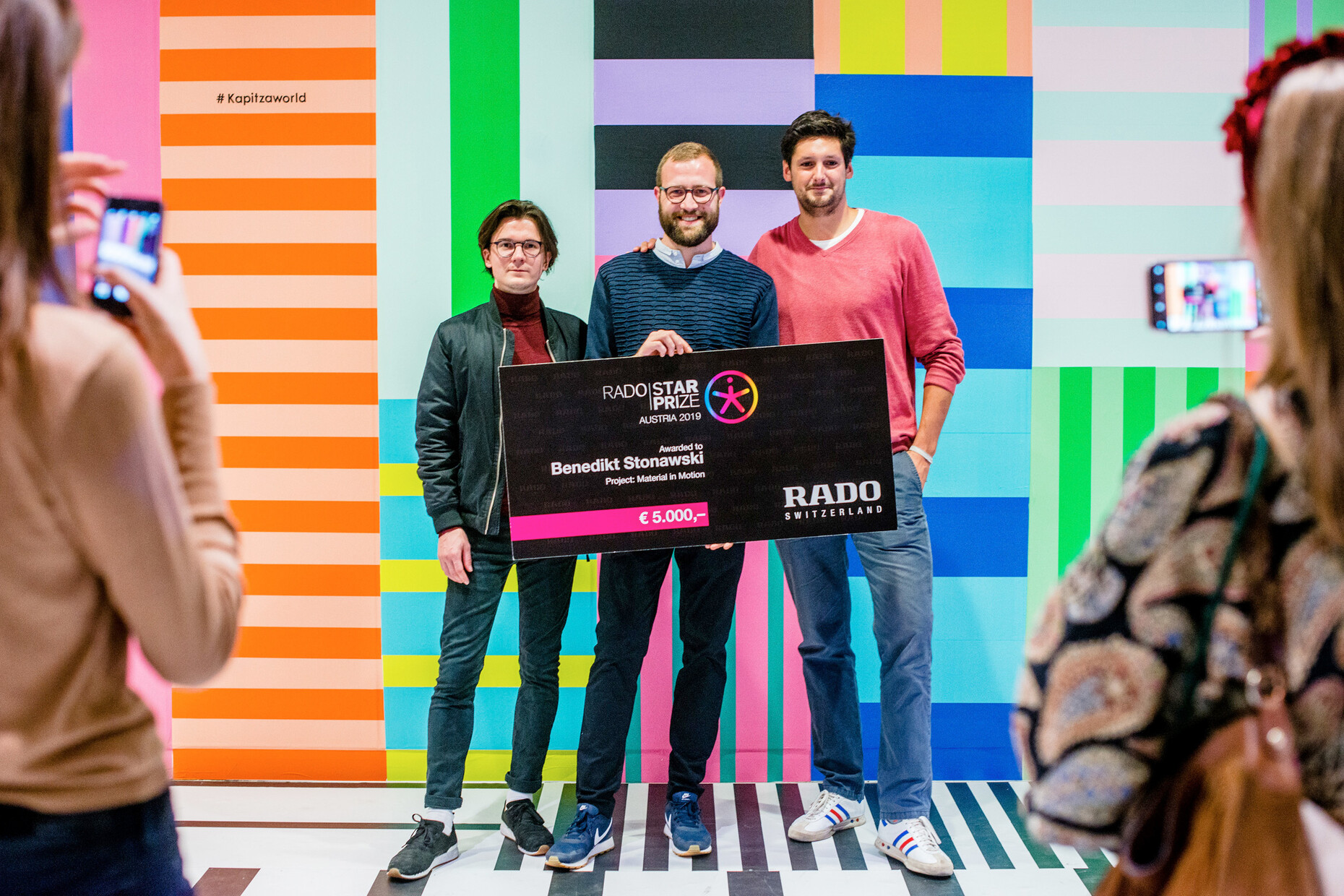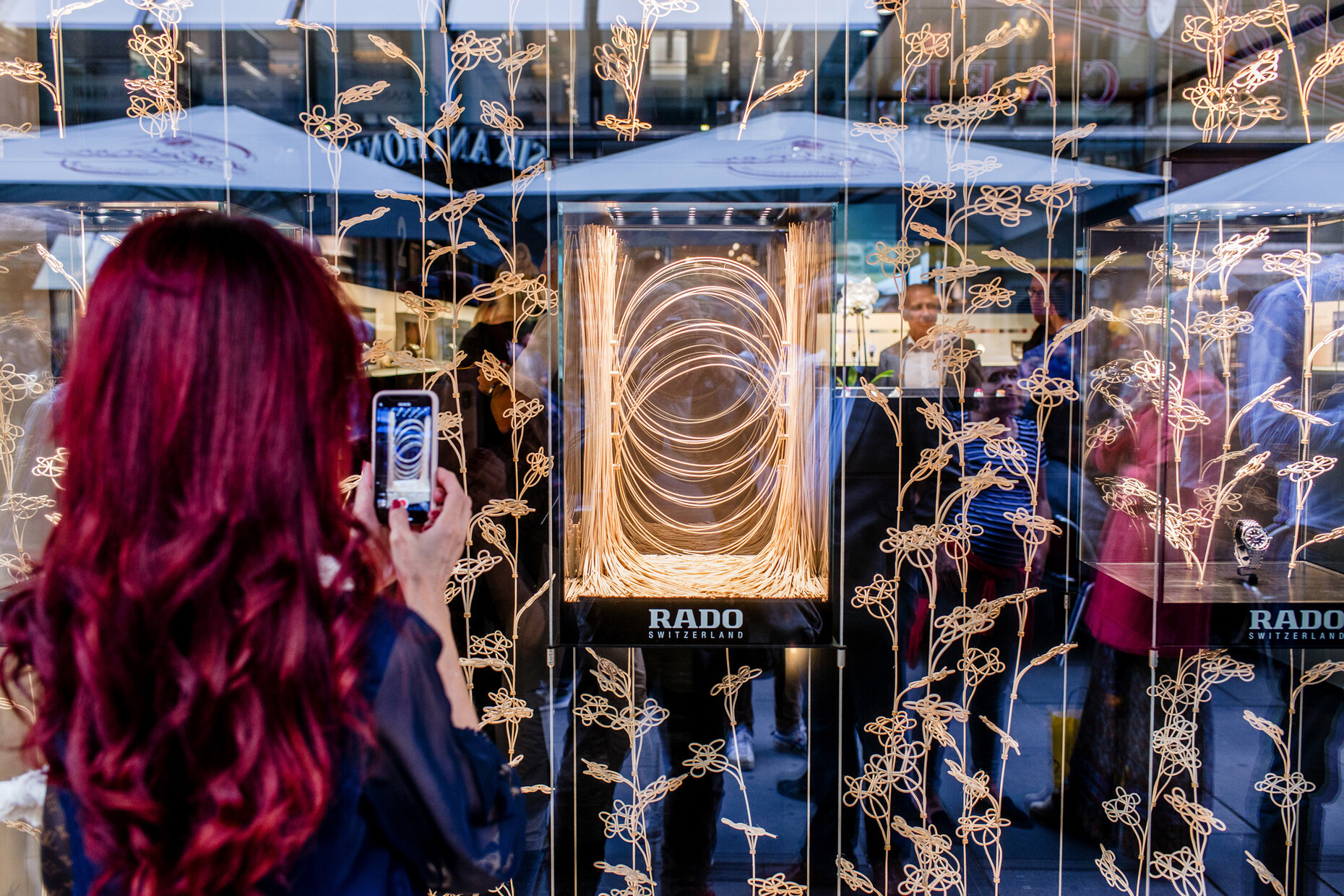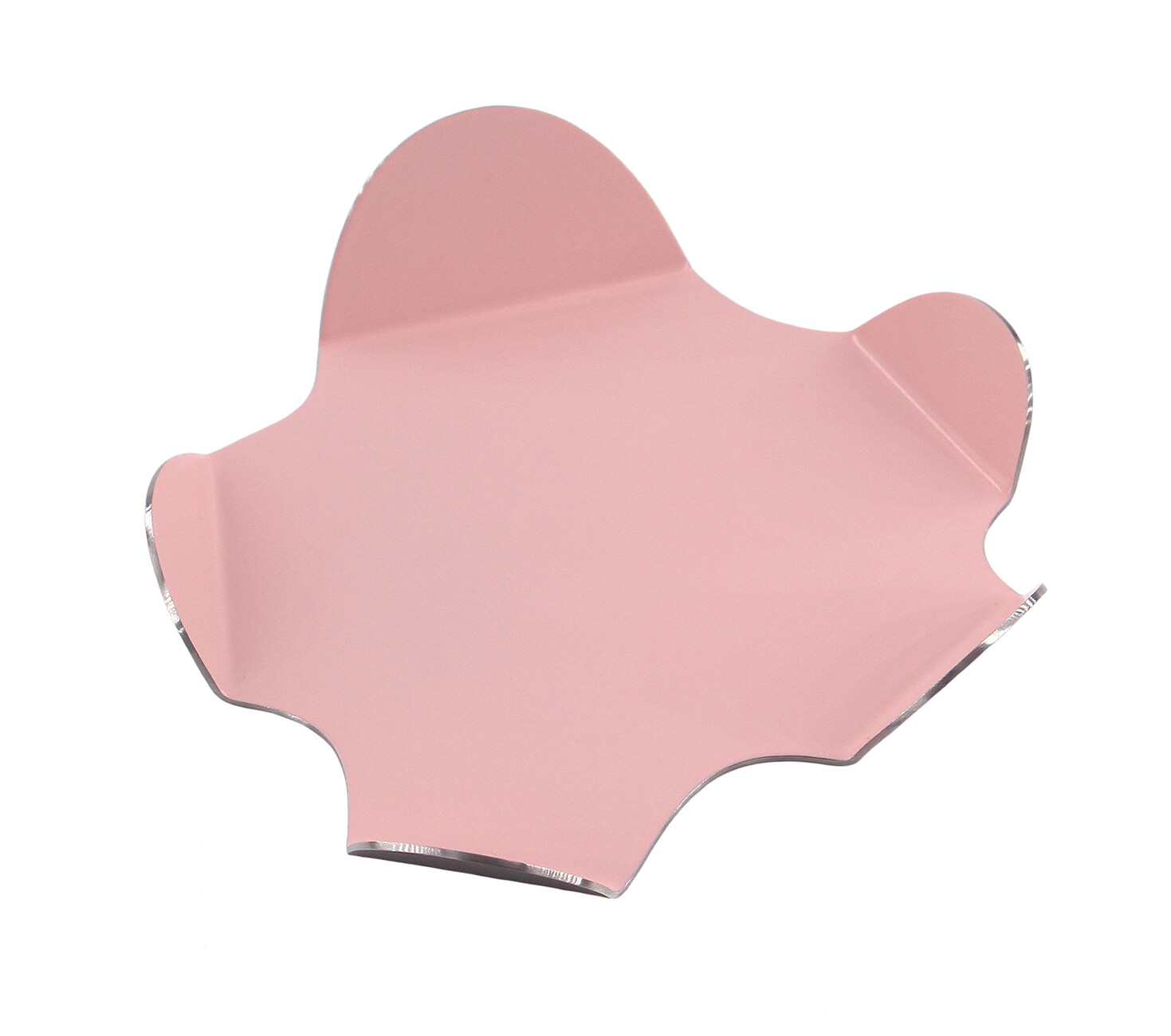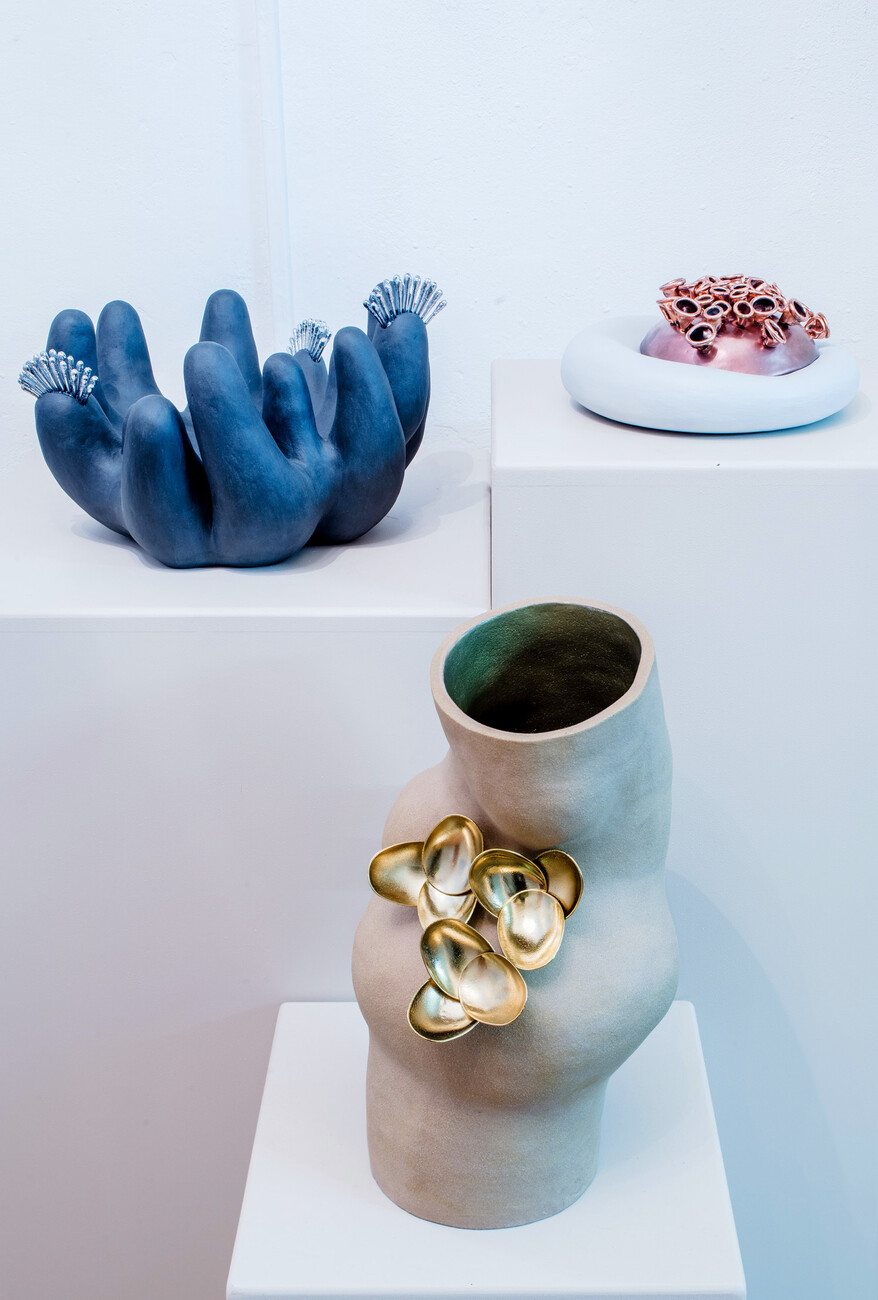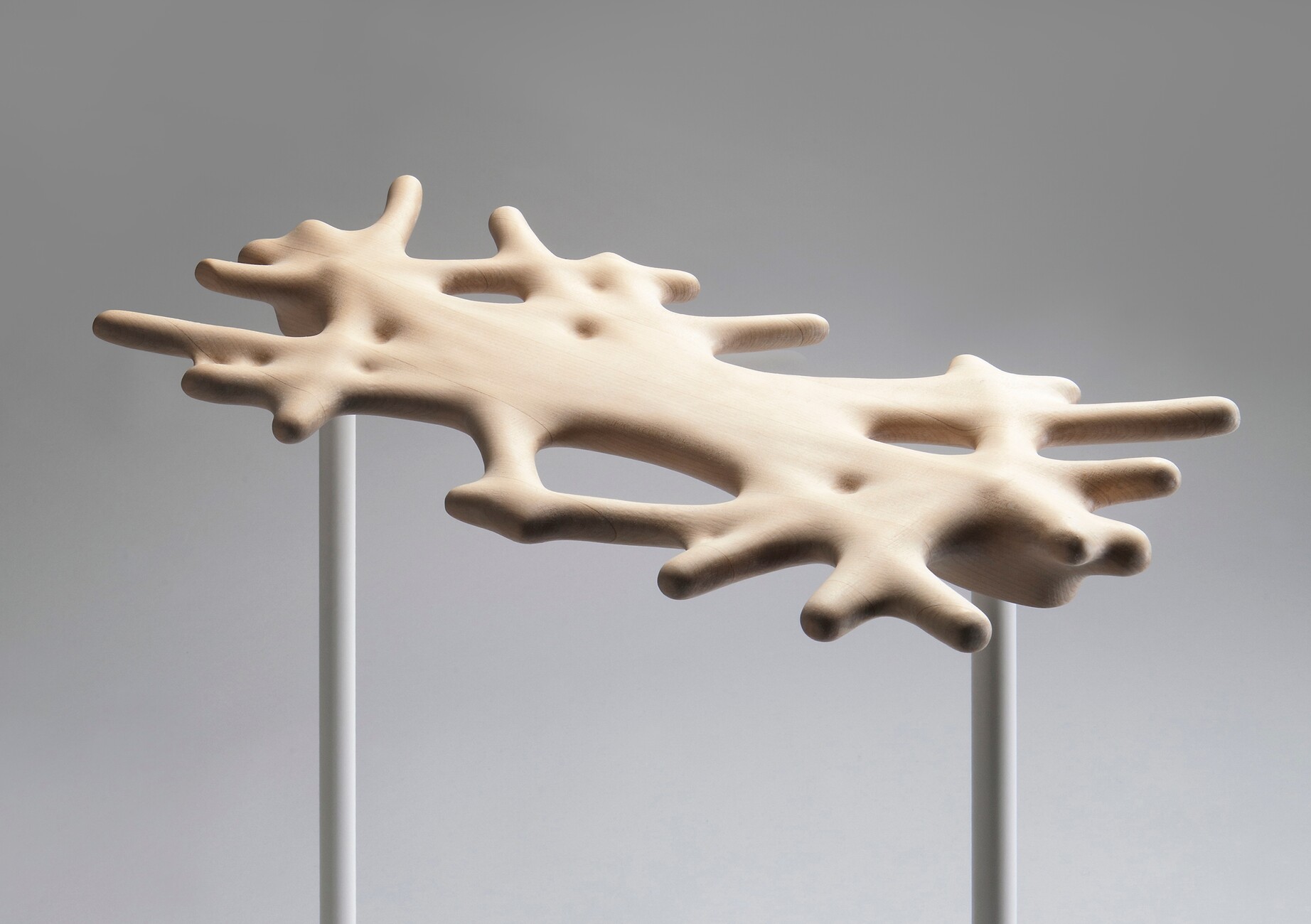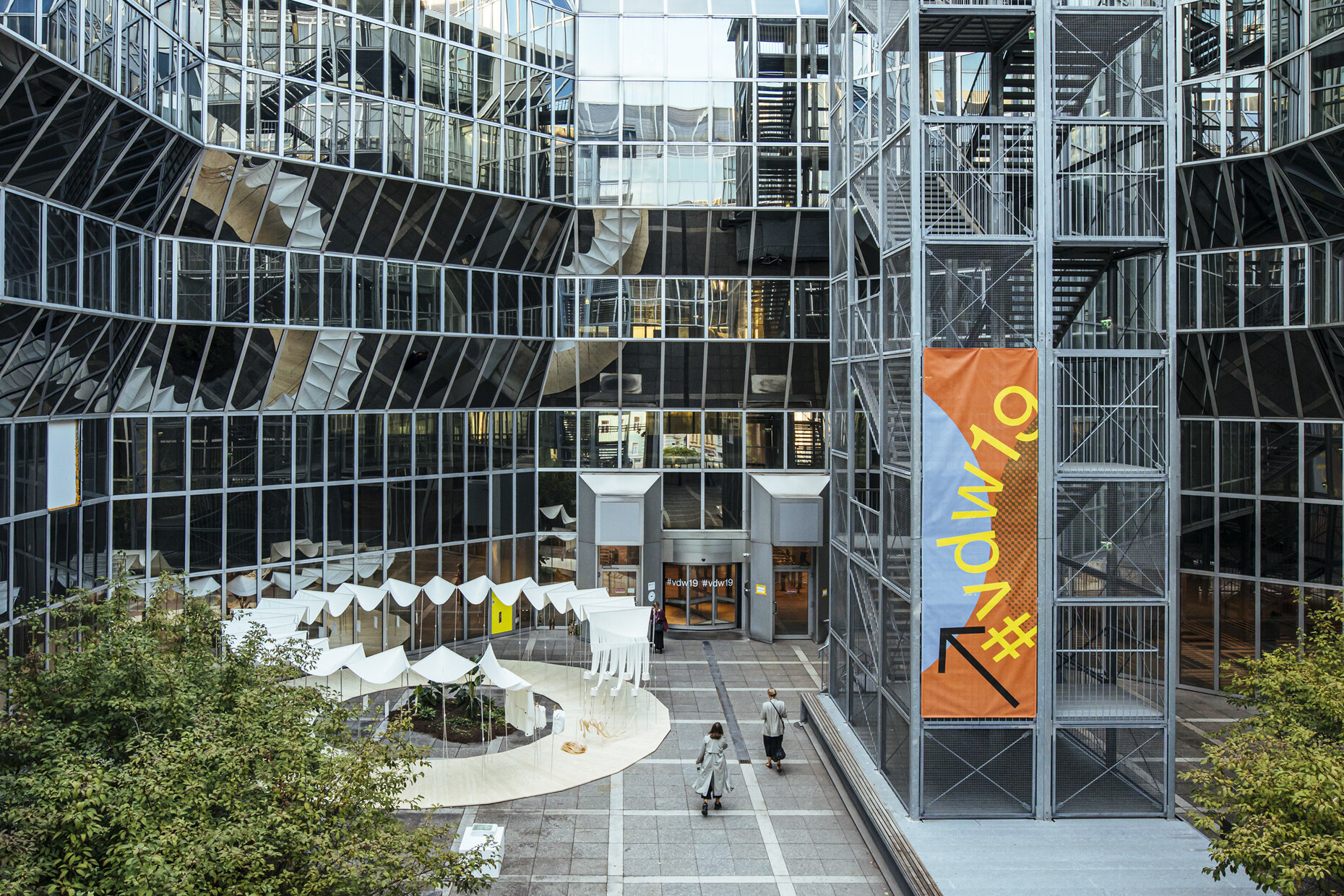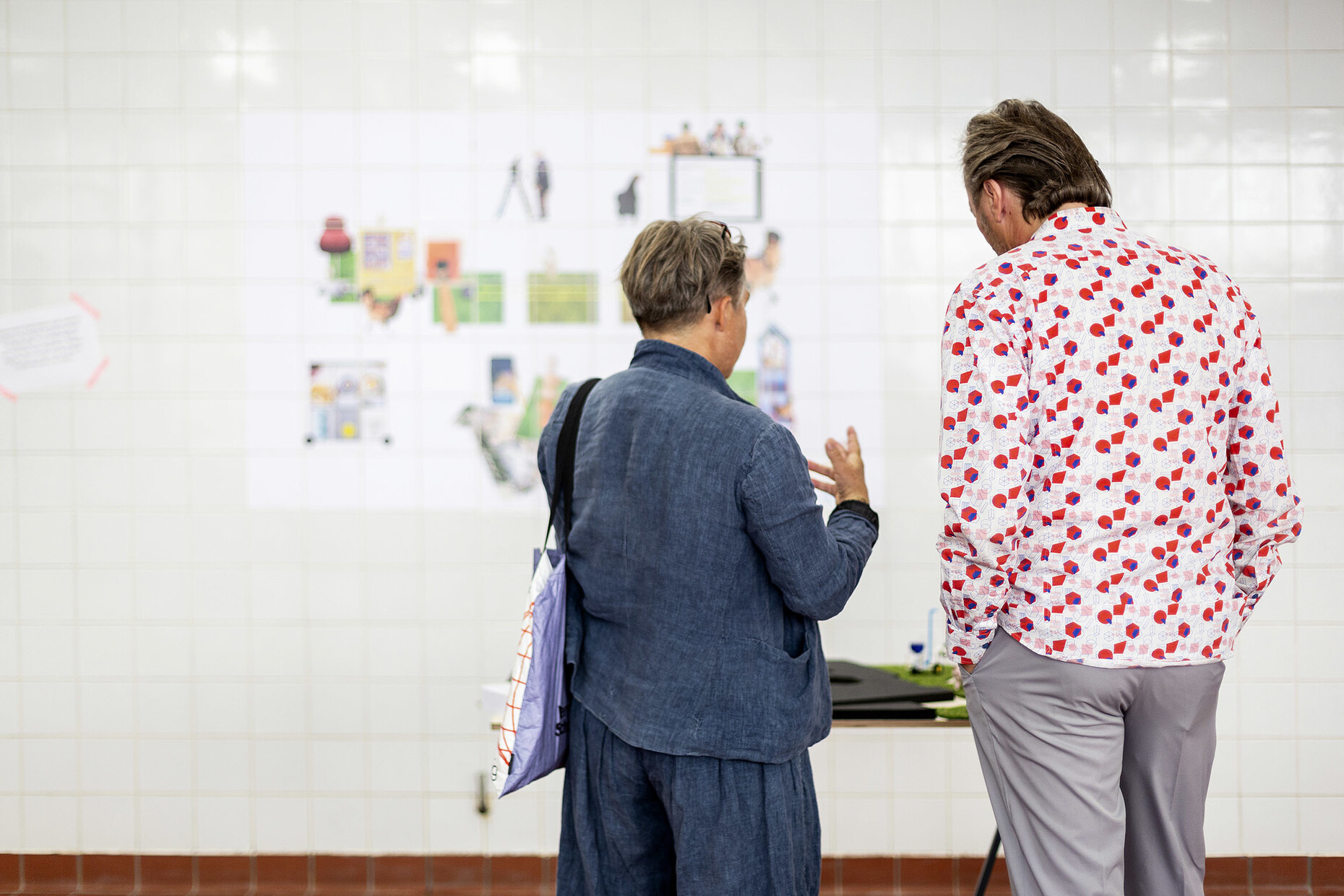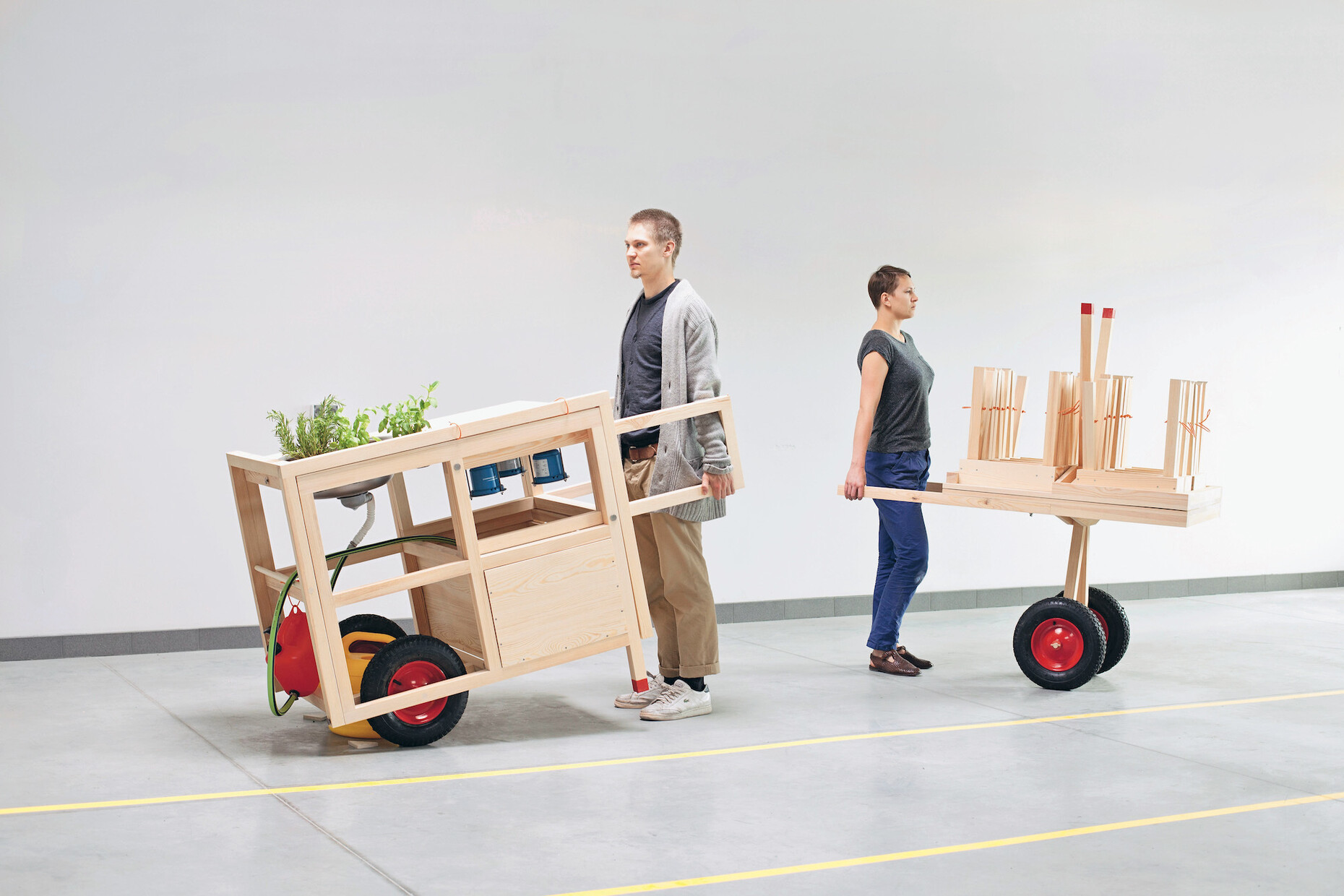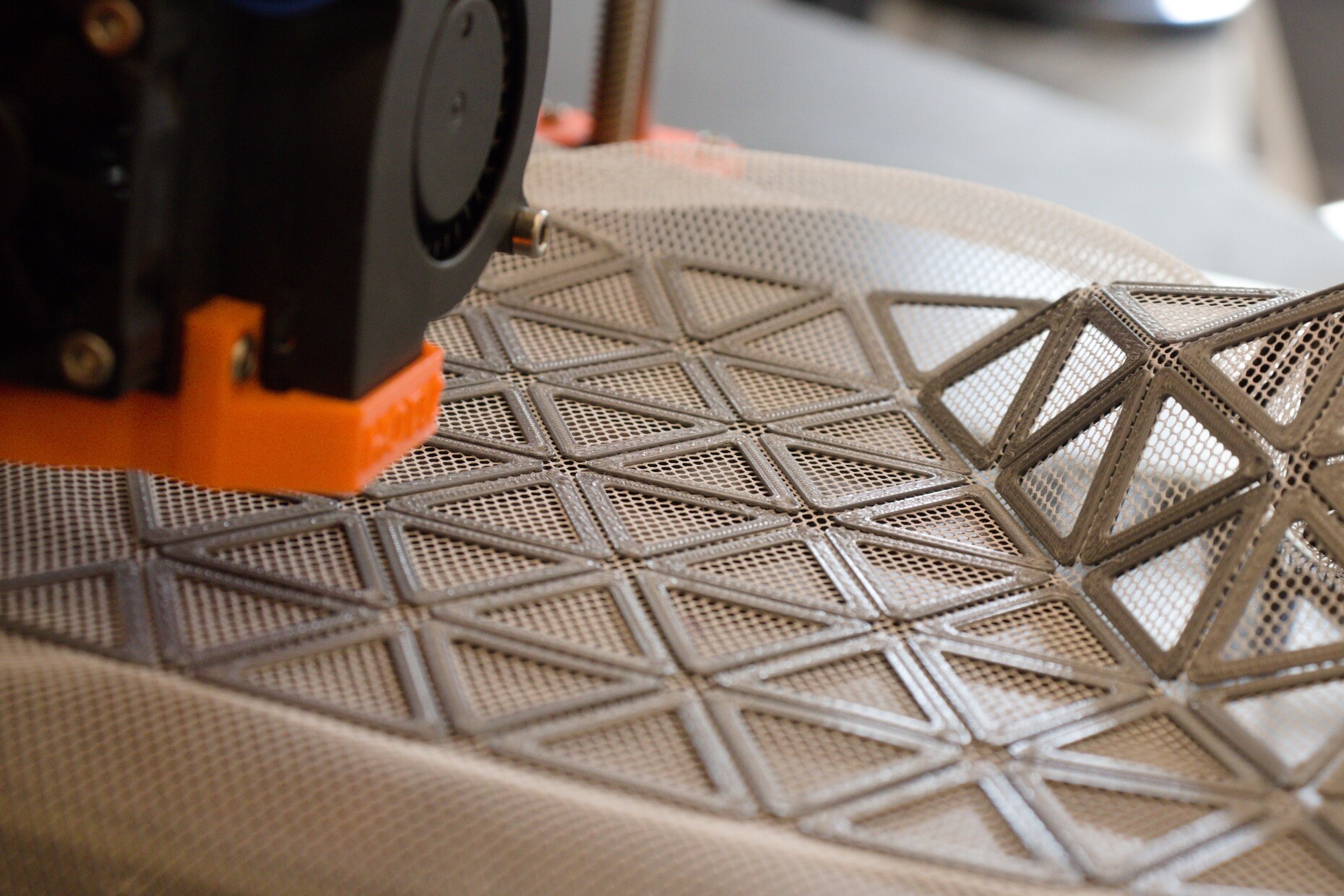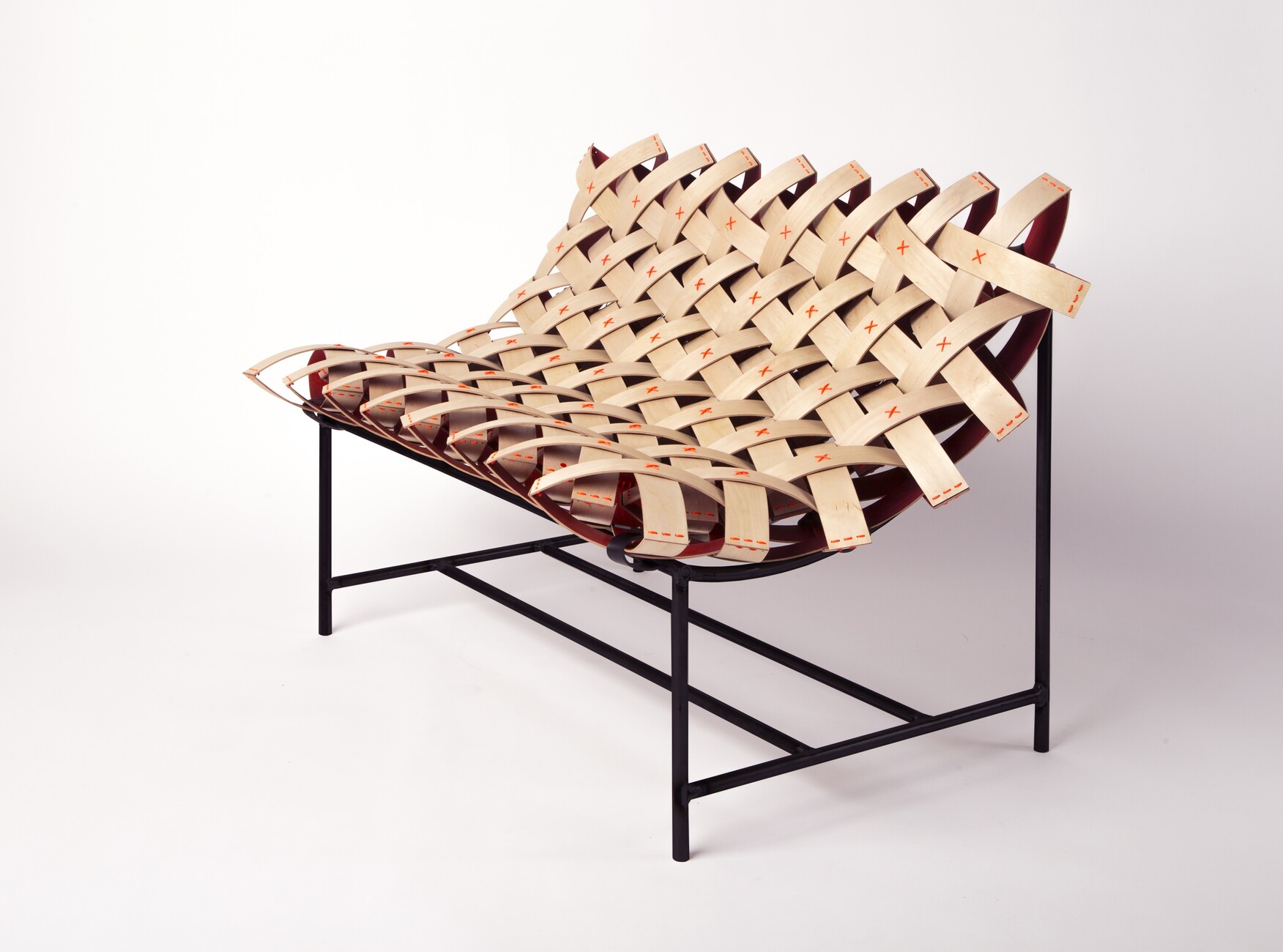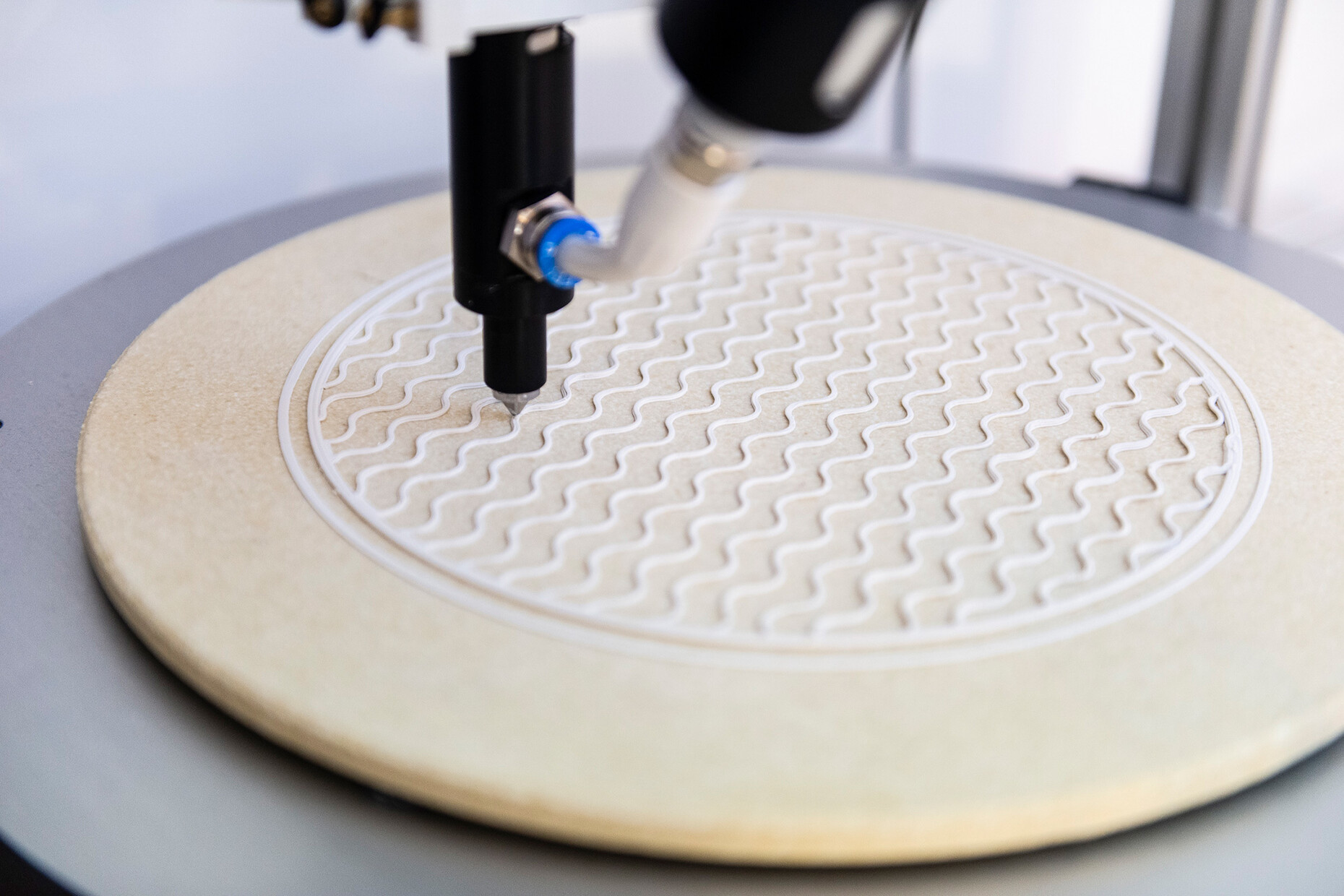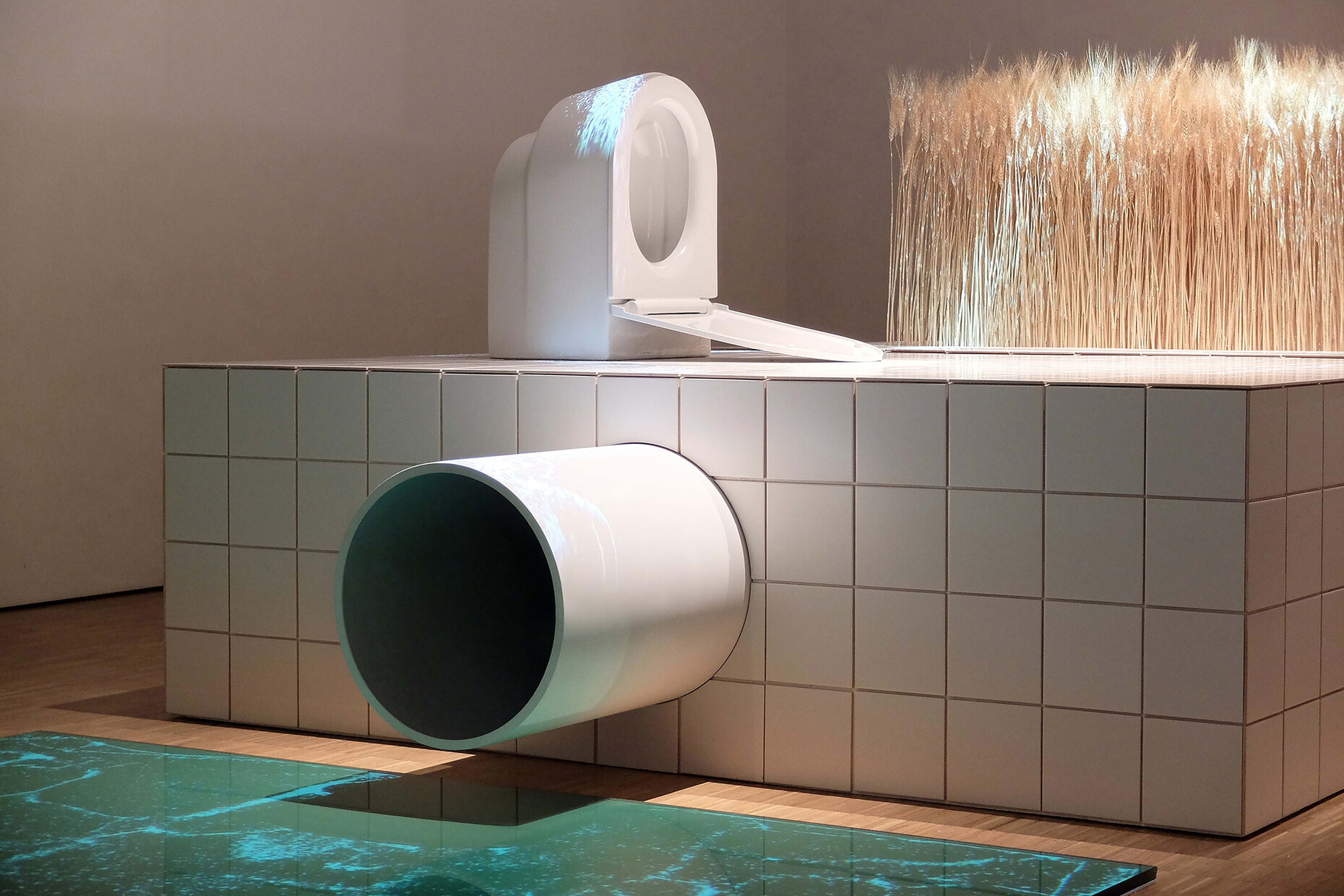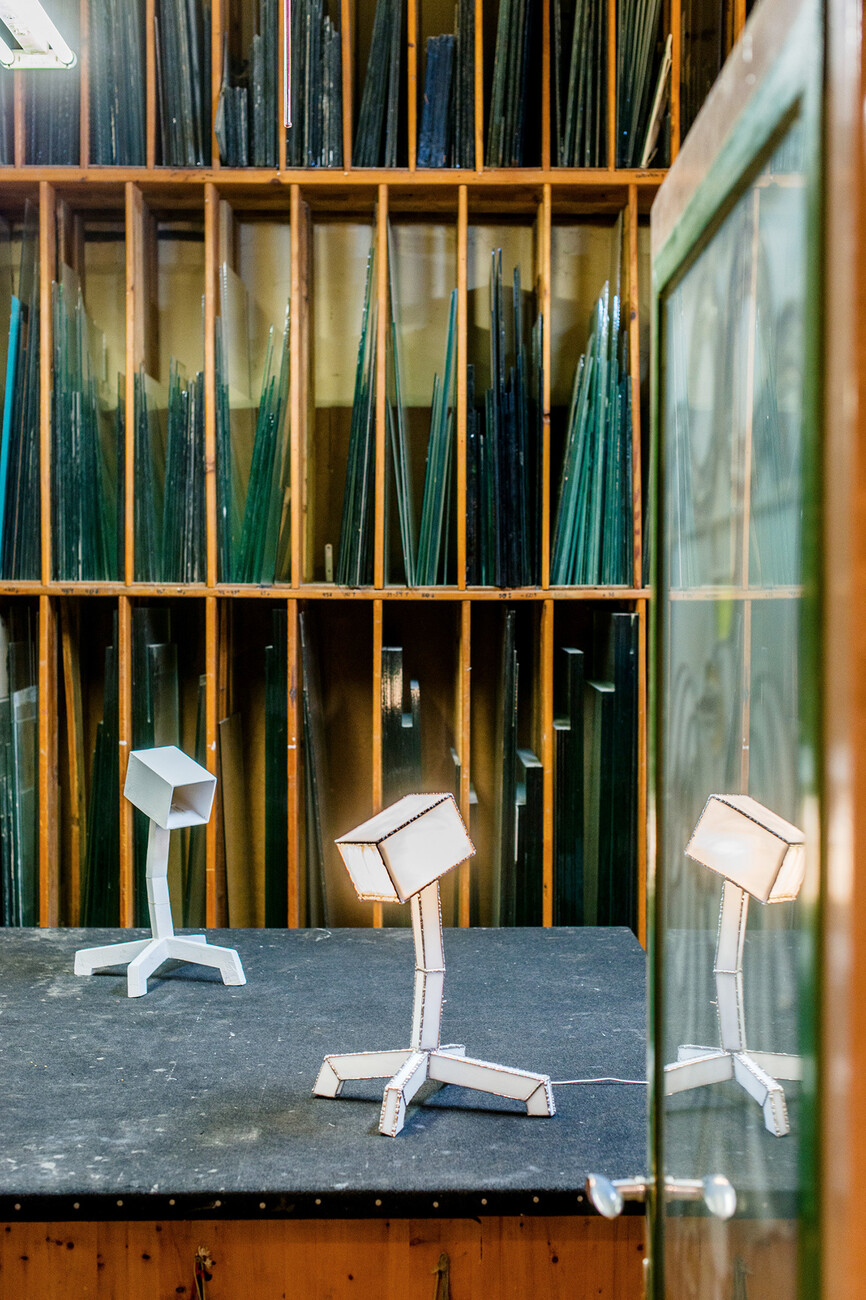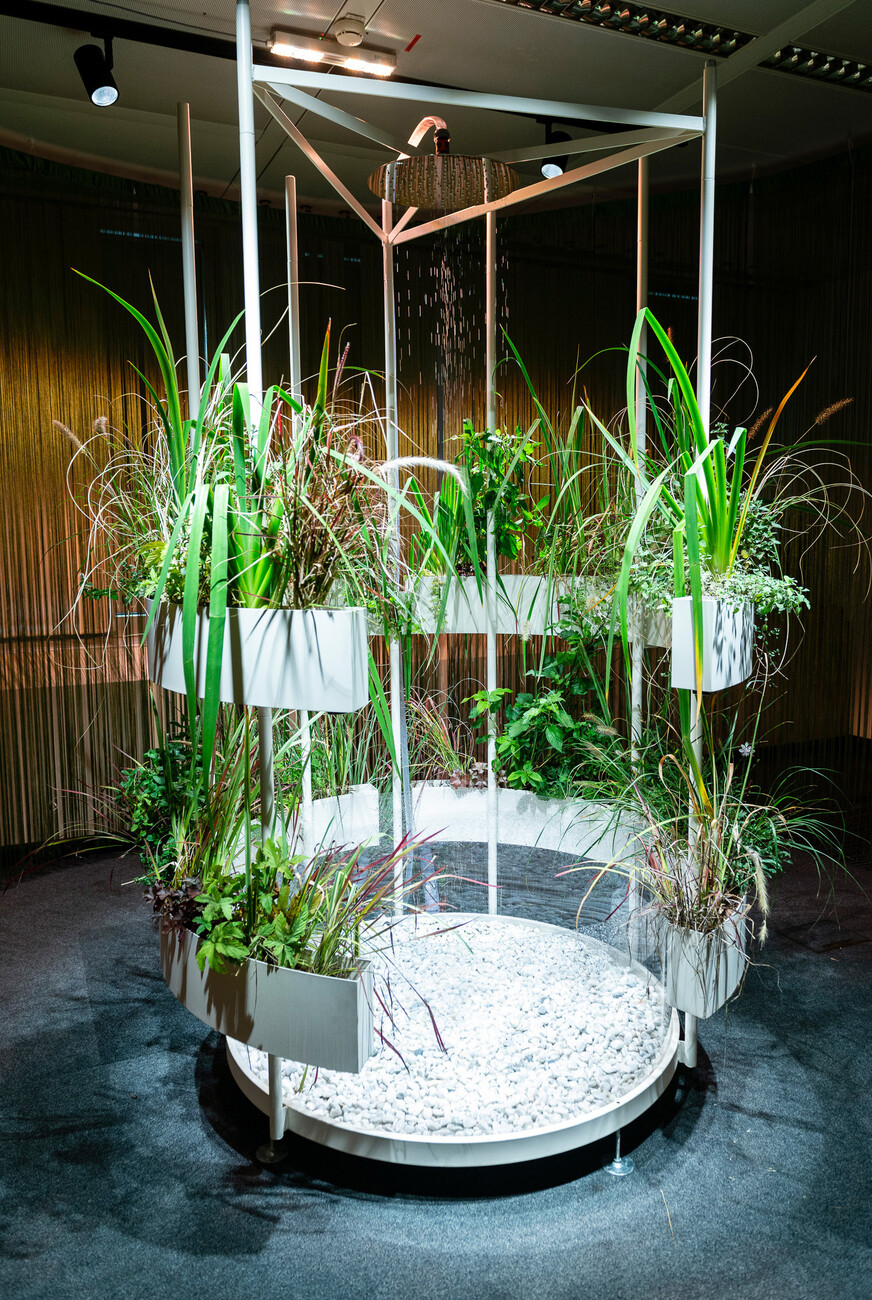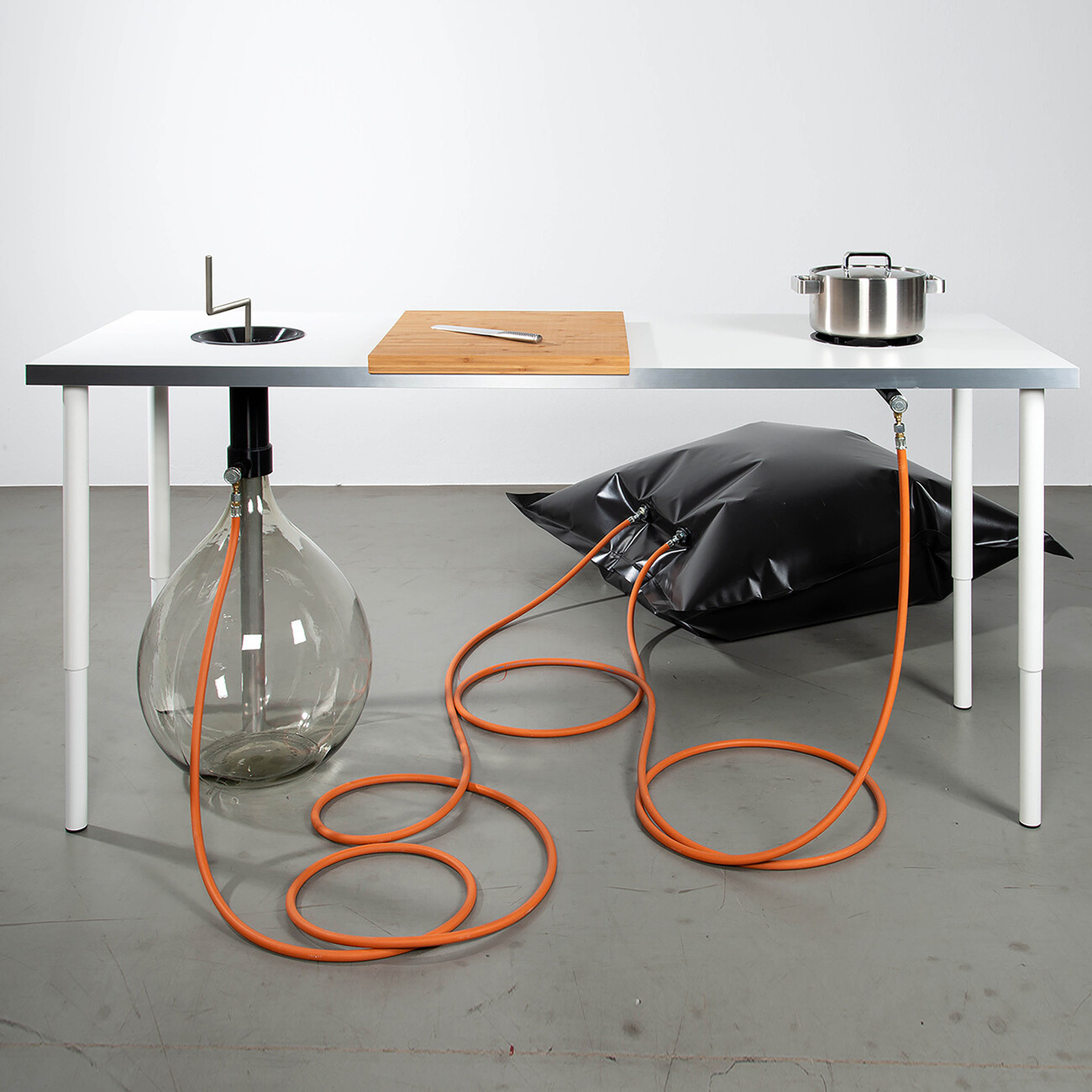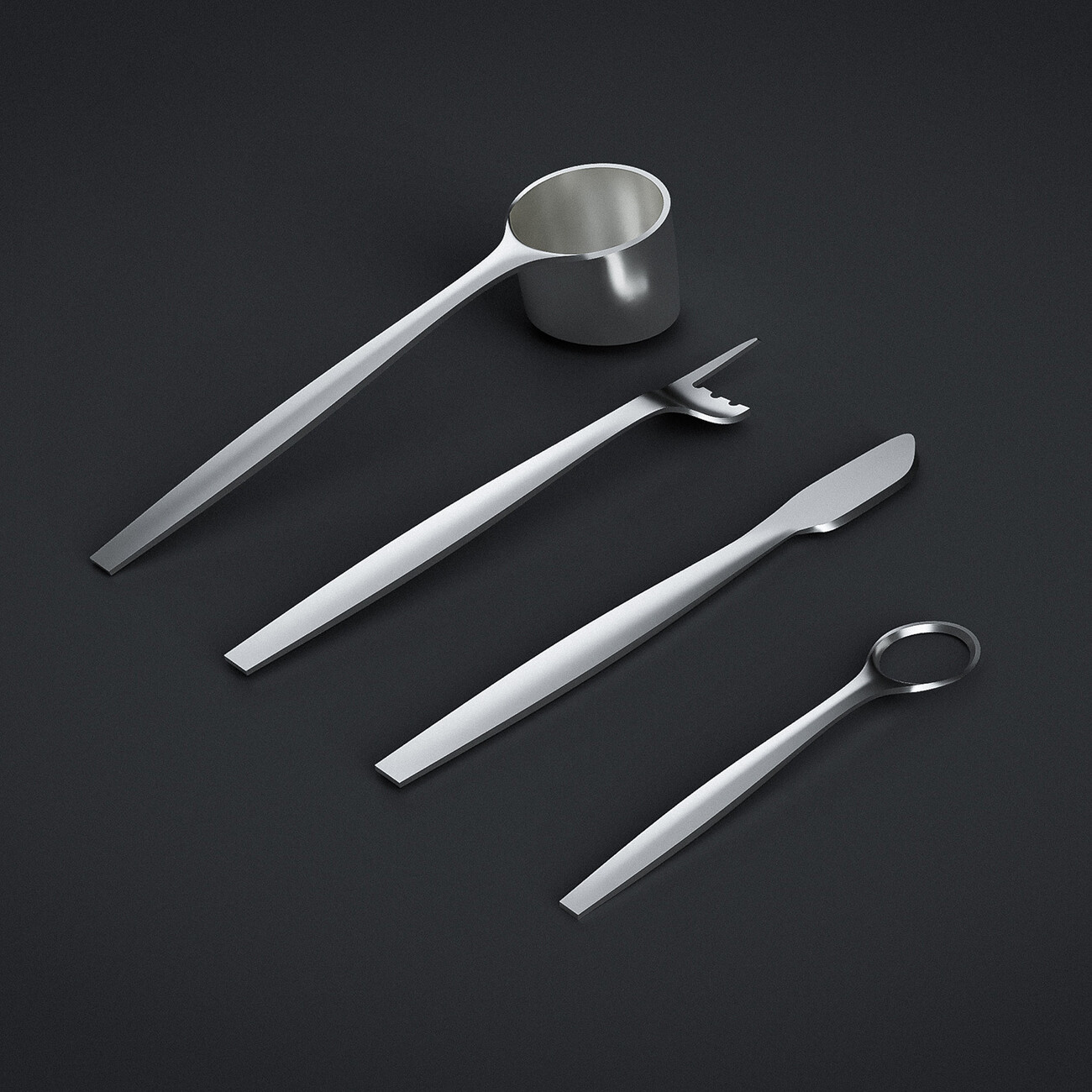VIENNA DESIGN WEEK 2019 – REVIEW
Vienna Showroom
“What has been driving us these last 13 years is that we discover new things each time round,” comments Lilli Hollein, Director of Vienna Design Week. This acquisition of knowledge is also supported by the collaboration with longstanding craft workshops in Vienna, whose skills take the limelight in the joint projects with designers. As part of the so-called “Paths of the Passion”, for example, visitors can enjoy discovering new things in this year’s focus district, the Alsergrund: Design duo Namuun Zimmermann and Martijn Rigters from Studio Sain teamed up with woodturner Hermann Viehauser to create objects that meld traditional craftsmanship with a playful formal idiom. Teemu Salonen joined Glas Bauer to forge idiosyncratic luminaires from small pieces of glass and thin lead bars. And studiotut invited furniture lovers to a rendezvous at cabinetmakers Bretschneider to get to know hand-made one-offs created in line with a personal profile as if on a first date.
In Vienna’s 1st District, long-established Viennese crafts company J. & L. Lobmeyr proudly presented several new products: Michael Anastassiades explored the beauty of fractured glass for “Flint”, creating a drinking glass with a base shaped with flakes as if it were a prehistoric flint. The finishing is inspired by early glassmaking and, despite the unusual look, makes for a surprisingly ergonomic hold. By contrast, Ville Kokkonen presented a pendant luminaire that is shaped from a solid block of glass and which radiates light only through notches in it. It was accompanied by a refined Saké glass whereby the details (rice-grain-shaped indents in the bottom) first emerge when you hold it against the light. Light effects also play the key role in the “Crystal Blinds” by Studio Brynjar & Veronika for Swarovski, as the blind devised by the duo reflects the daylight that falls on it in a marvelous way.
Shift in mindset
Alongside the topic of light, another key focus of the Vienna Design Week projects was sustainability: Eco-aware approaches to design were to be found across all formats. At the entrance to this year’s festival center in the Althan Quarter visitors were greeted by the first “Sustainable Design” project: Swiss label QWSTION presented a pavilion made from its textile innovation Bananatex. The pavilion not only visualizes the processing steps from banana plant fibers to a robust, technical fabric but is itself a vivid example of the textile’s potential for architecture and design. There were many other sustainable projects to be discovered in the rooms in the building Karl Schwanzer designed in 1978: Austrian design studio EOOS presented its “Circular Shower” for gardens, which it developed in cooperation with the Vöslauer thermal baths. Plant tubs on lean rods form a semi-circle, in the middle of which you can shower in privacy. The water you use is then treated by a plant-based system ready for re-use.
Interdisciplinary Studio Raiseaplant enables you to grow perfect organic vegetables in your home with its “Shreba” indoor gardens. Pollination, irrigation and lighting are all automated. And the home vegetable patch also enhances the indoor climate. Moreover, there was also a focus on questioning the service life of industrially manufactured products: The team at the Permanere association displayed some of its research findings under the title of “The 100-Year-Old Washing Machine” – the intention being to develop a washing machine whose entire construction is geared towards maximizing longevity and ensuring the appliance can be maintained and repaired.
The program partners also concentrated on eco-friendly methods: For example, as part of Vienna Biennale for Change at MAK Wien, the “Greenfreeze2” developed by EOOS was on show – a fridge that uses a climate-friendly coolant and where the cooling aggregate is easy to replace. The body is made of regenerative materials such as wood and sheep’s wool. A cold-store lock means sections of the fridge not in use can be disconnected from the power source. And if the temperature indoors is cold enough, the fridge relies on it to cool its contents. EOOS also masterminded the “Küchenkuh” (kitchen cow), a worktop with a funnel, crank and glass collecting tank that uses food waste to produce the energy for cooking. In this way, three kilos of bio-waste power the gas burner for an hour. Also within this context, of course, is the “Urine Trap” that EOOS has devised together with Laufen – a new method for waste-water treatment in the shape of a WC that collects the urine separately so that it can then be processed to provide fertilizer. This recycling method offers one way to regulate the damaging algae blooms in the oceans that arise owing to excess nitrogen accumulation.
Vienna Design Week also urged a critical rethink as part of its the “Urban Food & Design” section: With his “Contemporary Silverware”, Jakob Glasner reinterpreted the classical cutlery set. With elisions such as missing tines, the cutlery has been stripped of its function – “Protein Scoop”, “Fasting Fork”, “Fat Scalpel” and “No Dessert for You” highlight the increasingly disturbed relationship between society and food, where enjoyment is eschewed in favor of a body cult.
Materialized data
The topic of digitization was likewise investigated in numerous variations, and not only given the countless insights into game design offered by the focal point on the subject at this year’s Vienna Design Week. The “From Data to Furniture” exhibition presented graduation projects by Jaako Hyvärinen and Dario Vidal from the School of Arts, Design and Architecture at Aalto University in Helsinki: They examined connecting automated and robotic manufacturing by means of materialized data. The result: experimental furniture components that arose in collaboration with the automation experts at Addcomposites, a company specialized in manufacturing carbon-reinforced construction components.
There is a wealth of opportunities afforded by combining optimized load-bearing structures with carefully calibrated automated production methods – as is shown by the “Opti-Knot-3D Pavilion” by Patonic and Benjamin Kromoser. The prototype is several meters in size and is made of oak rods with nodes printed in 3D using corn starch, as well as plywood panels and screws – completely customizable and recyclable.
New approaches
As this year’s Guest of Honor, Finland presented surprisingly colorful ideas at Vienna Design Week: The “Wild at Heart” exhibition outlined a lesser-known side to Finnish design beyond any bright pine and minimalism. The works exhibited in the three categories of “Raw Beauty”, “Social Impact” and “Wild Humor” are unusually playful, full of color, and humorous: Ranging from the organic seating elements by Eero Aarnio or Teemu Salonen’s experiments with materials to Milla Vaahtera’s filigree mobiles, what we saw was a new side to Finnish design that is suffused with spontaneity, expressivity and a spirit of zestful experimentation. The exhibition with pieces by 11 contemporary Finnish designers was curated by Tero Kuitunen. With “Marrakesh mirrors” (sculptural swivel mirrors made of ceramics, MDF, brass and chalk colors in deep blue and terracotta) there’s even an example of his own work at hand for appraisal.
Alongside the expert discourse on local and international design positions, the cultural festival also performs a task all too often granted too small a platform: education for all. Over 120 primarily entrance-free events, including a cornucopia of workshops and tours, whisked visitors round Vienna and the focus district of Alsergrund, bringing design to life and opening doors to creatives, studios and workshops as well as to hitherto not publicly accessible buildings. One example is the Althan Quarter on the grounds of the Franz Josef Railway Station, which is to be transformed in the next few years into a new urban development by 6B47 Real Estate Investors. With its committed program and customary highly diverse range of offerings in its “Debut”, “Game Design”, “Paths of the Passion”, “Urban Work”, “Special” and “Urban Food & Design” section, Vienna Design Week once again managed to create a more profound understanding of design that is driven by much more than simply the hunt for the best possible combination of function and aesthetics.

